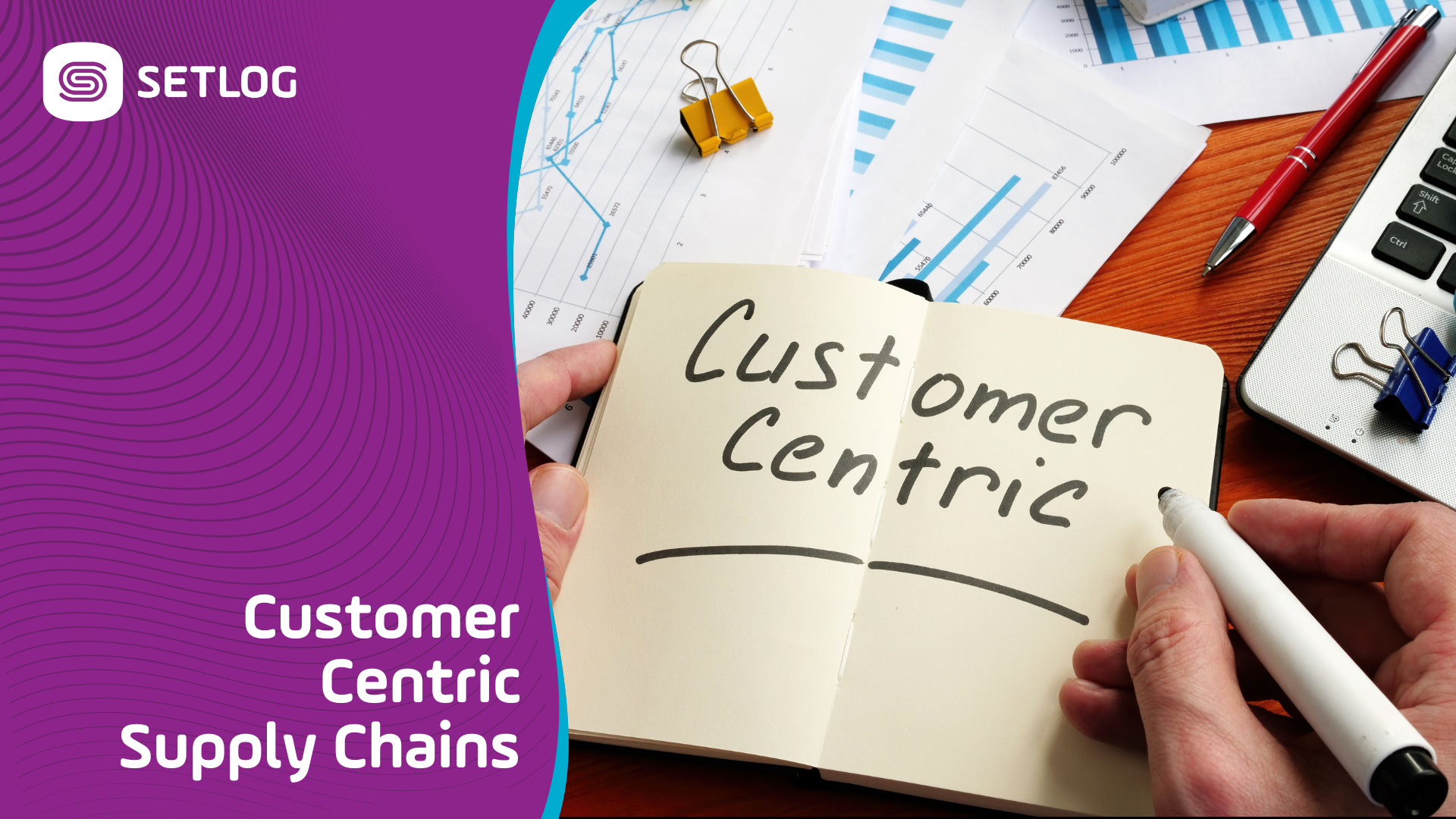A good product alone is no longer enough. Customers today expect experiences that are fast, seamless, and tailored to their individual needs. In this article, we’ll explore how a Customer-Centric Supply Chain (CCSC) delivers precisely that and why it’s becoming a critical advantage in today’s competitive landscape.
The Customer-Centric Supply Chain
The Customer-Centric Supply Chain (CCSC) is the next evolution of the traditional supply chain. Instead of focusing solely on cost reduction and internal efficiency, the CCSC puts the customer at the center, from the first interaction to the final delivery. Its core objective: to sustainably increase customer value and create true market differentiation.
To achieve this, the CCSC leverages real-time customer data across departments, makes decisions based on insights, and actively shapes the customer journey. The more personalized and frictionless the experience, the greater the satisfaction, loyalty, and likelihood of referral.
Successful implementation relies on four essential pillars, known as the 4Rs, as introduced by Pankaj M. Madhani:
- Responsiveness – respond flexibly to evolving customer needs
- Risiliency – ensure stable delivery during crises
- Reliability – consistent service and product quality
- Realignment – continuously adapt processes to evolving customer needs
Front, Middle, and Back Office: Breaking Down Silos to Build Customer Proximity
In many organizations, front, middle, and back offices operate in isolation with disconnected systems, data silos, and misaligned goals. In a CCSC, these divisions must be tightly integrated to ensure a consistent and seamless experience throughout the customer journey.
- The front office directly interfaces with customers – through sales, service, or digital channels shaping the brands perception.
- The middle office prepares key decisions – through data analysis, pricing models, or risk evaluation – and bridges strategy with execution.
- The back office ensures operational execution – from logistics and IT to finance, where delays or errors can directly impact customer satisfaction.
Only when all three areas share transparent information, align their efforts, and operate through connected digital processes, can a truly customer-centric supply chain take form. Silos must give way to collaboration, and everyone involved must recognize their role in shaping the same customer journey.
Visibility and Data: The Foundation of Customer-Centricity
A customer-centric supply chain is only as strong as the visibility that drives it. From first contact to final mile, everyone in the network must have access to accurate, real-time information to respond effectively to customer needs. Data on inventory levels, shipping times, or returns must be instantly available to support fast and informed decision-making.
Digital tools such as track & trace systems, control towers, and AI-powered forecasting ensure that data isn’t just collected but translated into action. The more advanced the data infrastructure, the more agile and customer-focused the supply chain becomes. Turning transparency into tangible value for the customer.
Balancing Customer Experience with Profitability
Customer-centric strategies must lead to measurable business outcomes. Delivering exceptional experiences often demands investments that don’t pay off instantly but ignoring them can cost customers in the long run. Companies stuck in legacy efficiency models risk becoming irrelevant in a market that rewards agility and value.
The path to balance lies in asking the right questions: Which services truly elevate customer value? Where can automation increase efficiency without compromising quality? Smart, data-driven management allows companies to meet expectations where they matter most. While protecting margins and long-term profitability.
Conclusion
Customers have moved on from simply buying products and companies must move with them. To stay competitive, the entire supply chain must be reoriented around a unified, positive, and personalized customer experience. This is the promise of the Customer-Centric Supply Chain: merging operational excellence with true customer proximity.
Companies that act now won’t just stand out in the market, as they’ll build stronger customer relationships and secure their competitive edge for the future.
Experience Customer-Centric Supply Chains in Action
Discover how WENKO streamlines processes and moves closer to its customers through digital supply chain management.

